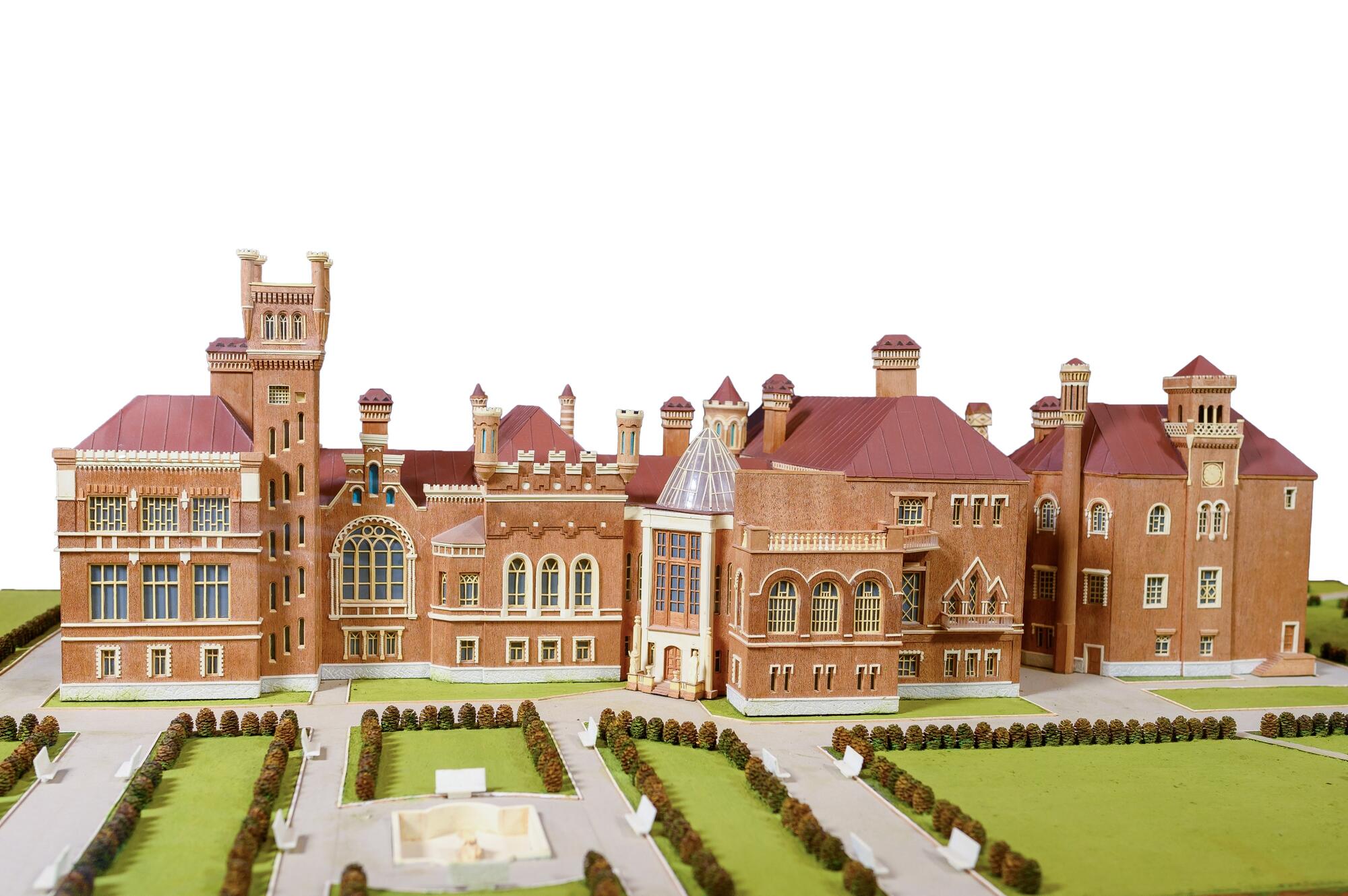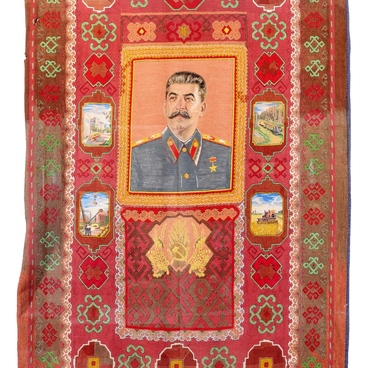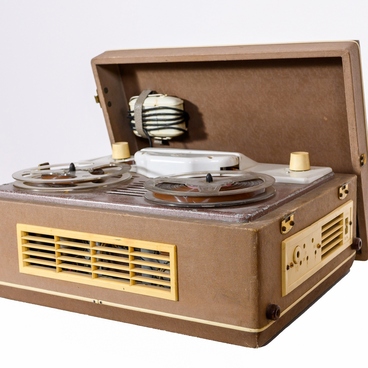The collection of the National Museum of the Republic of Mari El houses a model of the main house in the Sheremetev landowners’ estate, which was located in the village of Yurino. Vasily Sheremetev, who was a distant relative of the military commander and a confidant of Peter I Boris Sheremetev, bought the estate in 1812.
Vasily Sheremetev was considered one of the richest landowners in the Nizhny Novgorod province back then, and his new estate soon became a prosperous farm. Pyotr Sheremetev, the owner’s son, took over his father’s business. In 1874, he decided to build a castle in Yurino. The project was developed by the architects specially invited from Europe — Rudolf Muller and Alexander Stern.
The main house was built and remodeled until 1915 — for more than 40 years. Over the years, different architects were working on the project, including Sergey Rodionov, Pavel Malinovsky, and Alfred Parland. The building was intended to be in an eclectic style — one of the most popular at that time. It was a combination of the late Neo-Gothic, Baroque, Oriental, and Old Russian styles.
The famous Russian general Mikhail Skobelev often visited the Sheremetevs’ castle. Pyotr Sheremetev’s wife was his sister. Shortly before his death, Skobelev bequeathed his rich collection of firearms and cold weapons to his relatives in Yurino. It was kept in the Skobelevsky hall, which was named after the general. The Sheremetevs also collected Russian and foreign paintings: the castle housed works by Rembrandt, El Greco, Pieter and Jan Brueghel, Karl Brullov, Vladimir Borovikovsky. Olga Sheremeteva corresponded with the artist Ivan Aivazovsky who visited Yurino several times.
In 1916, Pyotr Sheremetev died, and his heirs left the estate. A year later, the Nizhny Novgorod Cadet Corps named after Count Alexey Arakcheev was located in the castle. When the Soviet power was established in Mari El, a labor school commune was opened in the building. The valuable items were taken from the castle to the Nizhny Novgorod province, and the castle itself became the state property.
During the Great Patriotic War, the Yurinsky castle was transformed into a hostel for evacuated family members of Red Army commanders. In the 1950s and 1980s, a vacation house was established there. As of now, the castle is being renovated.
Vasily Sheremetev was considered one of the richest landowners in the Nizhny Novgorod province back then, and his new estate soon became a prosperous farm. Pyotr Sheremetev, the owner’s son, took over his father’s business. In 1874, he decided to build a castle in Yurino. The project was developed by the architects specially invited from Europe — Rudolf Muller and Alexander Stern.
The main house was built and remodeled until 1915 — for more than 40 years. Over the years, different architects were working on the project, including Sergey Rodionov, Pavel Malinovsky, and Alfred Parland. The building was intended to be in an eclectic style — one of the most popular at that time. It was a combination of the late Neo-Gothic, Baroque, Oriental, and Old Russian styles.
The famous Russian general Mikhail Skobelev often visited the Sheremetevs’ castle. Pyotr Sheremetev’s wife was his sister. Shortly before his death, Skobelev bequeathed his rich collection of firearms and cold weapons to his relatives in Yurino. It was kept in the Skobelevsky hall, which was named after the general. The Sheremetevs also collected Russian and foreign paintings: the castle housed works by Rembrandt, El Greco, Pieter and Jan Brueghel, Karl Brullov, Vladimir Borovikovsky. Olga Sheremeteva corresponded with the artist Ivan Aivazovsky who visited Yurino several times.
In 1916, Pyotr Sheremetev died, and his heirs left the estate. A year later, the Nizhny Novgorod Cadet Corps named after Count Alexey Arakcheev was located in the castle. When the Soviet power was established in Mari El, a labor school commune was opened in the building. The valuable items were taken from the castle to the Nizhny Novgorod province, and the castle itself became the state property.
During the Great Patriotic War, the Yurinsky castle was transformed into a hostel for evacuated family members of Red Army commanders. In the 1950s and 1980s, a vacation house was established there. As of now, the castle is being renovated.



